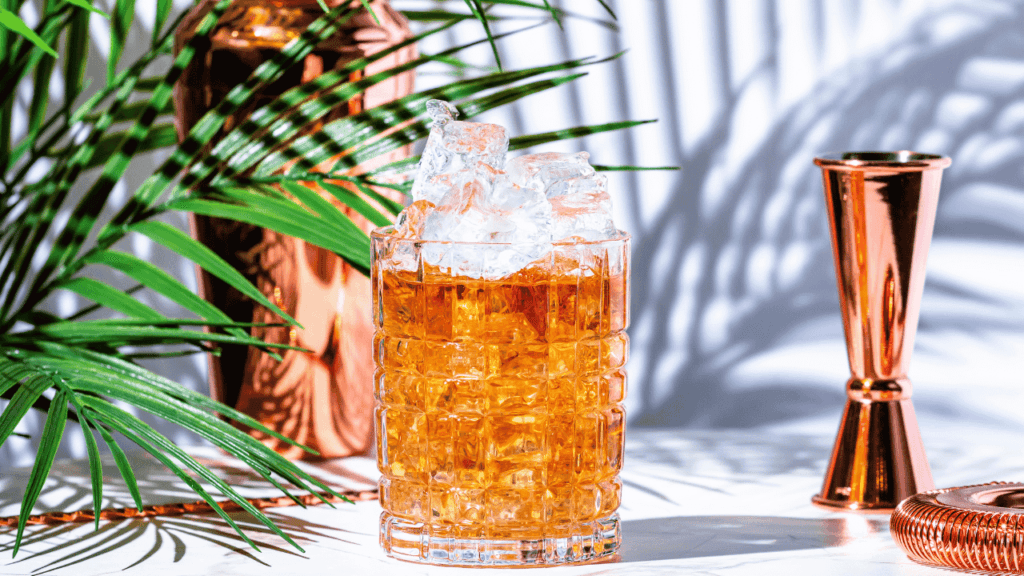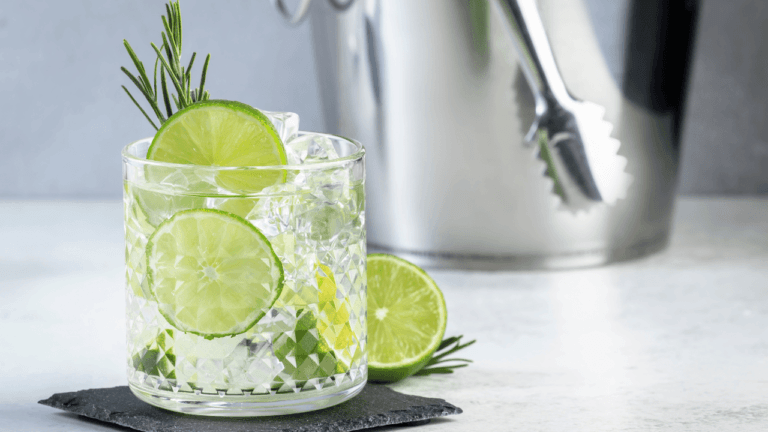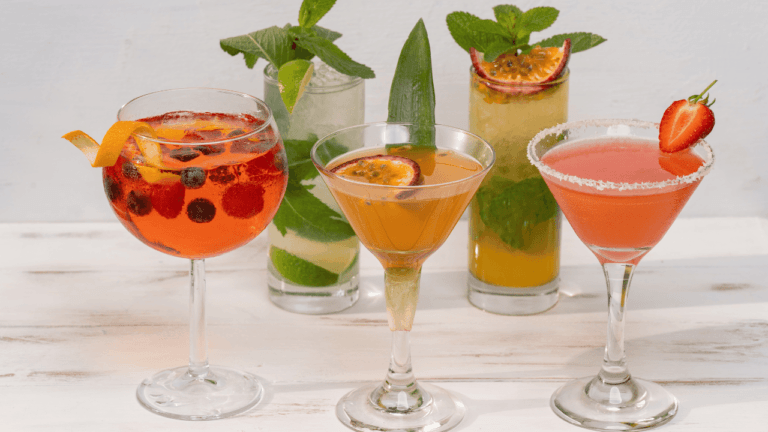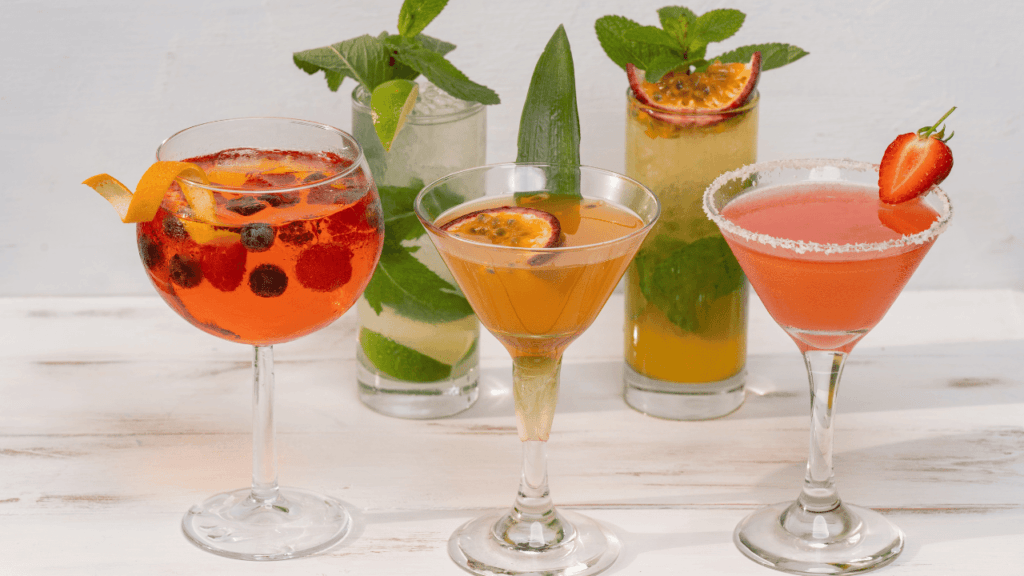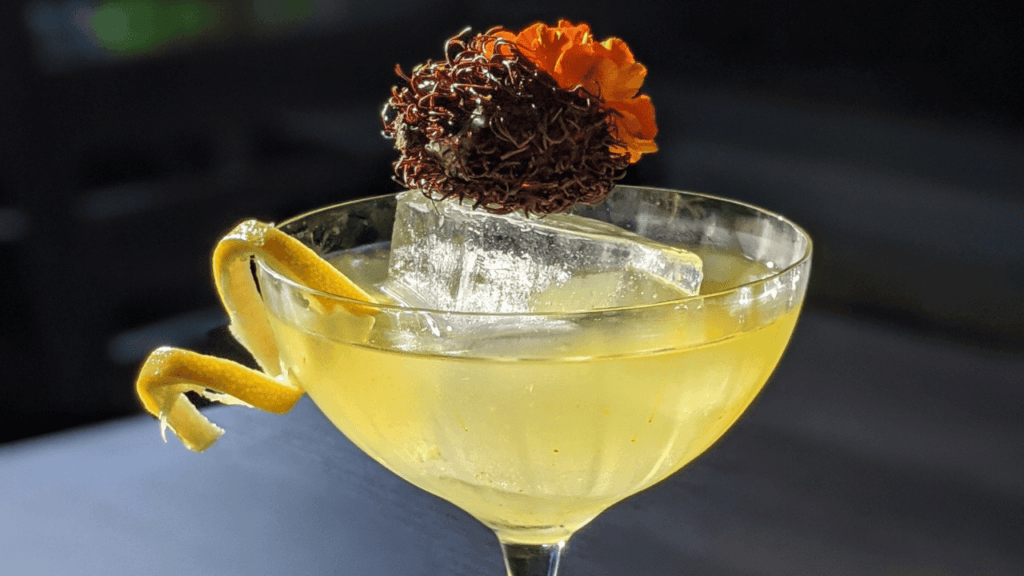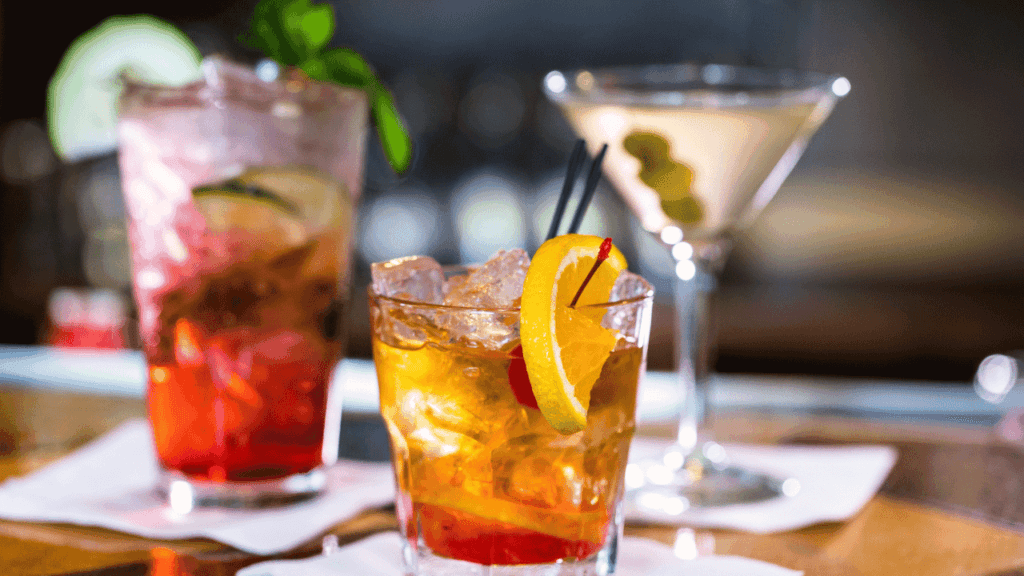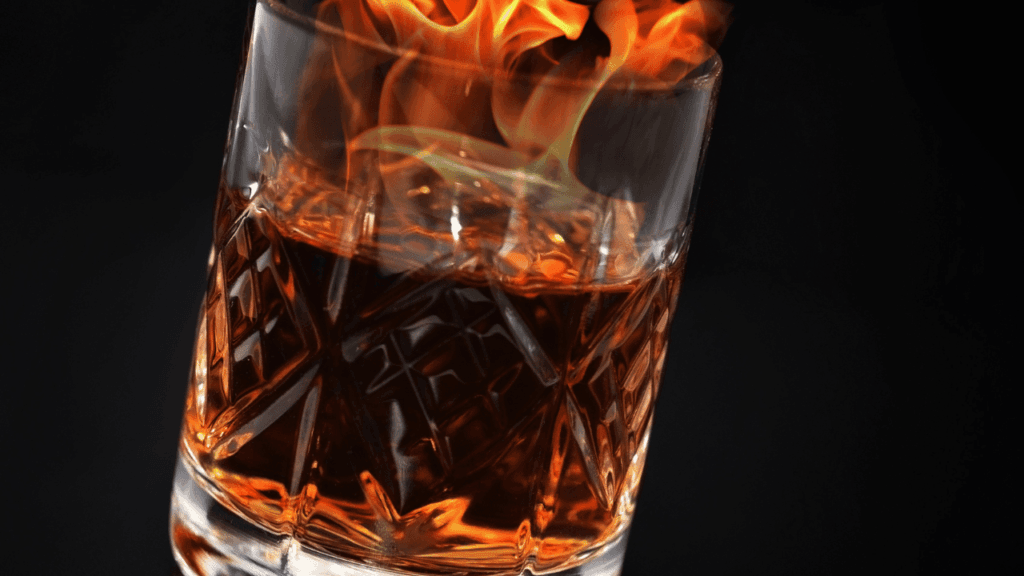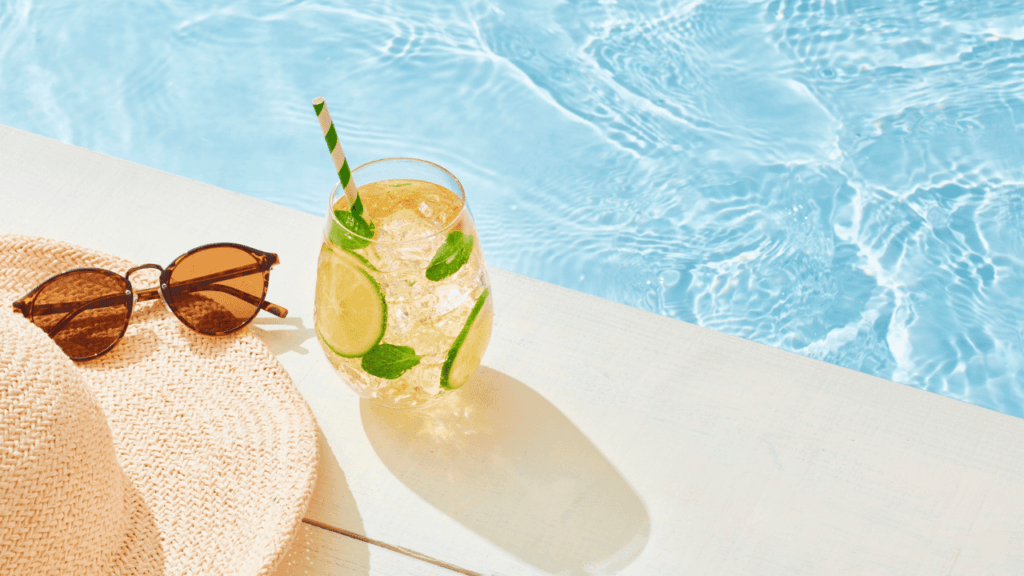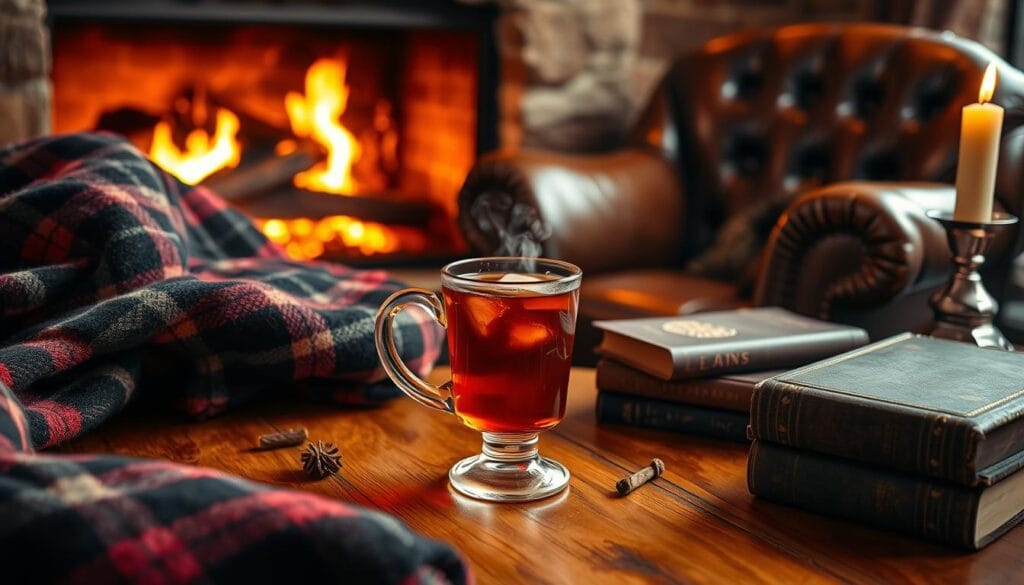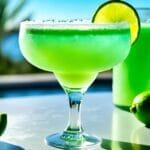There’s a quiet poise to good whisky, and this short guide shows how to match that intensity with smart ingredients and food for modern entertaining.
Scotch Cocktail Pairings, Classic mixes like the Rob Roy, Rusty Nail, and Blood and Sand use clear flavor logic: sweet vermouth, Bénédictine, Drambuie, citrus, and measured smoke. Simple techniques — stirring spirit-forward drinks and shaking juice-forward recipes — keep balance and clarity.
We’ll cover styles from malty and honeyed to maritime and peaty, and explain why each supports certain directions. Expect practical builds, glass and ice notes, and signature matches like Rob Roy with charcuterie, Penicillin with grilled lamb, and Highball with sushi.
Use this as a working guide to highlight aroma, texture, and flavor — whether you already like scotch or are exploring whisky for the first time. For a deeper list and recipes consult this resource: scotch cocktail pairings.
Key Takeaways
- Thoughtful mixes can showcase whisky aromas and texture, not hide them.
- Classic and modern recipes use smart sweetness, acidity, and smoke for balance.
- Match styles (malty, peaty, maritime) to ingredients and dishes for best results.
- Practical techniques — stirring or shaking — keep builds consistent at home.
- Signature matches make hosting easier: Rob Roy with aged cheese, Penicillin with lamb.
Why Pair Scotch Cocktails with Food Right Now
Well-chosen whisky mixes and food bring out surprising notes in both glass and plate. Contemporary dining leans toward shared plates, street-food flavors, and smaller tasting menus. That makes drinks an active pairing tool, not just a backdrop.
Balancing smoke, citrus, spice, and sweetness
The spirit spectrum runs wide: smoky and peaty, malty and honeyed, fruity and floral. That range means cocktails become an elegant bridge to many dishes.
Acidity from citrus can cut rich, fatty bites. A hint of sweetness calms smoke and spice without dulling character. Dilution and texture matter too: shaking adds lift and chill, while stirring keeps a drink silky for richer plates.
- Match drink weight to food—light highballs for seafood, stirred serves for aged cheeses and cured meats.
- Use smoke as seasoning: a whisper of peat amplifies grilled flavors without overwhelming them.
- Adjust citrus or sweetness a touch to fine-tune harmony at the table.
Start with classic formulas, trust your palate, and refine as you taste. A thoughtful cocktail can make approachable, modern matches anyone can enjoy.
Scotch Cocktail Pairings
Great combinations balance texture and aroma so both the glass and plate sing.
Rob Roy with charcuterie, aged Gouda, and smoked almonds
Rob Roy blends scotch, sweet vermouth, and bitters. It pairs well with cured meats and hard cheeses like aged Gouda or Manchego.
Smoked almonds add a crunchy echo of the drink’s herbal and bitter edge.
Whisky Sour with crispy fried chicken or tempura
The lemon and sugar cut through fat, and an egg-white shake adds velvety texture.
Try it with fried chicken, tempura vegetables, or truffle fries for a lively contrast.
Penicillin with grilled lamb and spiced kebabs
Ginger, honey, and a faint Islay float amplify charred lamb and bold spices. Turn up the ginger or peat slightly if the dish is heavily seasoned.
Highball with sushi, oysters, and light appetizers
A tall highball—whisky, sparkling water, and ice—keeps seafood tasting clean. Keep it very cold and clear for the best match.
Blood and Sand with chocolate mousse or cherry desserts
Blood and Sand marries sweet vermouth, Cherry Heering, and orange. It complements chocolate mousse, cherry clafoutis, and orange-zest sweets; adjust citrus to match sweetness.
- For more recipes and ideas, see classic scotch cocktails.
Know Your Scotch: Single Malt vs. Blended for Cocktails
The base you pick sets the scene—whether the glass will sing honeyed warmth or smoke-forward drama.
Single malt means whisky from one distillery made with malted barley. These bottles often show clear regional notes that steer a drink’s direction. Highland malts lend honey and heather. Speyside brings fruit and malt biscuits. Islay gives peat, smoke, and brine.
When to reach for single malt scotch
Choose a single malt when you want signature character to shine. Use a Highland for warm, malty depth. Pick a Speyside to lift fruit and sweetness. Add an Islay float when you need measured peat-driven depth.
Blended scotch benefits in mixed drinks
Blended scotch prioritizes balance and consistency. It keeps vermouth, liqueur, or bitters in proportion. That makes blends smart for Rob Roy, Rusty Nail, and other mixed recipes. Blends also help control costs for house builds.
- Tip: Try a half-ounce swap between a blend and a single malt to learn how the spirit steers the final glass.
- Favor moderately smoky scotch to keep sweetness and syrup from running away.
- Mindful dilution and temperature remain critical no matter which spirit you choose.
Classic Scotch Cocktail Pairings to Master
Master a handful of time-tested recipes and you’ll know how malt, citrus, sugar, and smoke interact. Below are concise builds and serving notes for reliable finishes.
- Rusty Nail: 2 oz blended scotch, 0.5 oz Drambuie; stir over ice in a rocks glass for a two-ingredient, liqueur-kissed sipper.
- Rob Roy: 2 oz blended scotch, 1 oz sweet vermouth, 2 dashes bitters; stir with ice and garnish with a cherry.
- Blood and Sand: 0.75 oz each blended scotch, sweet vermouth, Cherry Heering, and orange juice; shake with ice and strain to a chilled coupe.
- Godfather & variations: 2 oz scotch with 0.25 oz amaretto over ice; simple, nutty, and forgiving.
- Highball fits: Presbyterian and Mamie Taylor use ginger and soda for bright, food-friendly refreshers.
- Sours and fizz: Scotch Sour, Morning Glory Fizz, and Penicillin show how lemon, egg white, ginger, and a smoky float change a drink’s arc.
- Warm and heritage: Old Fashioned, Hot Toddy, Bobby Burns, and Atholl Brose cover spirit-forward, warming, and creamy finishers.
Tip: Start with the measured recipes, then tweak lemon, honey, or ginger to suit the plate and season. These classic scotch recipes form a reliable foundation for further experimentation.
Flavor Building Blocks: Citrus, Ginger, Honey, and Smoke
Build a great drink the way a chef builds a dish: layer citrus, ginger, honey, and measured smoke for clarity and depth.
Using fresh lemon juice and orange juice wisely
Fresh lemon gives structure and brightens a sour. Measured orange adds roundness without extra tartness.
Tip: start with less orange and add a splash until the sweetness feels balanced.
Harnessing ginger heat in syrups and muddles
Build ginger heat with a house syrup or fresh muddle so you can dial from warm to snappy. Penicillin shows how ginger and lemon meet honey before a light Islay float.
Honey and heather honey liqueurs for balance
Honey adds texture and floral lift. Heather-honey liqueurs, like Drambuie, bring spice and infusion that knit whisky and citrus together.
Islay peat and smoky scotch in measured doses
Treat smoke as seasoning: a float or a moderately smoky base adds complexity without dominating. Rely on clean ice and fresh water to integrate flavors and preserve delicate aroma notes.
- Shake citrus drinks cold; stir spirit-forward builds for silk.
- Taste and tweak a quarter ounce at a time to hit balance.
- Record the exact measures that capture the best notes with a given whisky.
Ingredient Notes from the Pros
Small, measured additions can change a spirit-forward glass without overpowering it. Below are practical notes from bartenders and flavor-focused pros to keep your builds balanced.
Bénédictine and demerara for subtle sweetness
Use tiny measures. For a 2 oz spirit base, 1/8 oz of Bénédictine and 1/8 oz of demerara syrup register as flavor without making the drink sweet.
Start light and add. Fold the liqueur into stirred classics like a Bobby Burns in small increments to lift the mid-palate.
Choosing moderately smoky scotch for balance
Pick a moderately smoky scotch to frame sweetness and avoid a cloying finish. Dial peat up only if the rest of the recipe is very dry.
Log your changes in tasting notes. Validate ratios with side-by-side pours and tweak syrup strength (1:1 vs 2:1) to adjust texture and dilution.
- Rely on small Bénédictine and demerara portions to add herbal depth and caramel roundness.
- Keep citrus and sweeteners conservative so the whisky core stays clear.
- Stir richer syrups longer over cold ice for a silken mouthfeel.
Glassware, Ice, and Technique Tips
Choose glass shape and ice with intent; they shape aroma, dilution, and the first sip. Service decisions keep flavors clear and make each component behave as designed.
Rocks, coupe, and highball: right vessel for the serve
Use a rocks glass for spirit-forward builds on a large cube. An Old Fashioned or Rusty Nail benefits from slow dilution and a wide rim.
Pick a chilled coupe for stirred classics like Rob Roy or Bobby Burns so aroma concentrates and the texture stays silkier.
Tall highball glass is ideal for long, sparkling serves where soda and temperature keep the sip bright.
Big ice, shaking, and stirring
Favor big, clear ice to slow melt and protect structure. Shake citrus-forward recipes vigorously with fresh ice, then strain to preserve texture and chill.
Stir spirit-forward drinks for 20–30 seconds over plenty of cold ice to add gloss and measured water. Top with fresh soda at the end and avoid stirring carbonated serves so bubbles stay lively.
- Pre-chill glassware to keep temperature stable.
- Scale glass size to the recipe so aroma concentrates without feeling hot or thin.
- Keep tools dry; stray water changes balance in tightly measured recipes.
Tip: A few technique tweaks—right glass, clear ice, and proper stirring or shaking—turn a recipe into a memorable cocktail and make every drink more consistent.
Seasonal Scotch Cocktail Pairings Ideas
Matching a drink to the time of year sharpens both flavor and guest comfort. Use simple shifts in temperature, garnish, and syrup to make seasonal menus feel coherent and considered.
Winter comfort: Hot Toddy with citrus and spice desserts
Hot Toddy blends scotch, lemon, honey, hot water, and warming spices for cold nights. Serve it with orange, clove, or cinnamon sweets to echo the drink’s citrus and honey notes.
Make the honey slightly richer and use insulated mugs to keep the cup warm longer.
Summer refreshers: Highballs with grilled asparagus and edamame
Tall, chilled highballs cut heat with bright soda and clean whisky lines. Pair them with light, vegetal food like grilled asparagus or steamed edamame for a crisp, balanced bite.
Keep soda proportions crisper and use frosted highball glassware for peak refreshment.
Fall flavors: Rusty Nail with nuts and hard cheeses
The Rusty Nail—blended whisky and Drambuie—matches roasted nuts and aged cheeses. Its heather-honey sweetness and herbal undernotes play well with savory, textural bites.
- Adjust smoke seasonally: fuller peat in fall and winter, a lighter hand for summer.
- Offer a small neat pour for guests who like scotch to compare temperature and dilution.
- Batch syrups (honey, ginger) ahead and rotate garnishes—lemon peel in winter, fresh herbs or cucumber in summer.
- Change glassware: warm mugs for toddies, frosted highballs for hot days.
Chocolate, Cheese, and Smoke: Elevated Pairings
Finishing a meal with chocolate or aged dairy reveals how a drink’s citrus and vermouth shape the last impression.
Dark chocolate with Blood and Sand’s cherry-citrus profile
Blood and Sand—whisky, sweet vermouth, Cherry Heering, and orange—plays well with dark chocolate mousse and cherry desserts. Aim for 60–70% cacao to balance bitterness and the cocktail’s fruit.
If a dessert is very sweet, make the drink slightly drier: reduce orange or liqueur by a splash to avoid cloying overlap.
Smoked almonds and aged cheeses with Rob Roy
Rob Roy aligns vermouth and bitters with savory, nutty, and herbal food. Serve it with smoked almonds and aged Gouda or Manchego so salt and fat meet sweet vermouth and bitter notes.
- Keep smoke restrained so chocolate or cheese remains the star; excessive peat will eclipse delicate flavors.
- Add a pinch of sea salt to the board to bridge scotch whisky sweetness with crystalline aged cheese.
- Grate roasted hazelnut on dessert to echo oxidative vermouth notes; offer a water sidecar to reset the palate.
The Mixing Shelf: Bottles That Shine in Scotch Cocktail Pairings
Build your mixing shelf around bottles that solve common recipe problems—balance, body, and aromatic lift. A small, purposeful selection keeps service simple and gives each drink clarity.
Approachable blends for highballs and sours
Start with a versatile blended scotch workhorse. Options like Grant’s Triple Wood bring vanilla, honey, and spice that play well with soda and citrus. Monkey Shoulder adds malty fruit and enough weight to survive a ginger-forward or lemony drink.
Peaty Islay for floats and smoky notes
Reserve a bracing Islay—Laphroaig 10 YO for peat and brine—to float over a Penicillin-style build. Use these bottles sparingly to season a drink without overpowering it.
Speyside and Highland for malty, honeyed balance
Keep a Speyside or Highland single malt like Glenfiddich 12 or Cragganmore 12 for stirred, nuanced serves. Their citrus oil, toffee, and roasted almond notes support spirit-forward recipes.
- Stock one reliable bottle for highballs and sours—vanilla and honey bring balance with bubbles.
- Have a bold blended malt (Monkey Shoulder) when you need malt that won’t disappear.
- Use Islay and mid-peat bottles for measured smoky accents, not full-time dominance.
- Mind proof and texture: higher-proof bottles take dilution and stay expressive.
- Protect aromatic lift: fresh water and clear ice matter as much as the bottle choice.
Test each bottle across recipes and log which notes work best. With one approachable blend, one peaty Islay, and one Speyside/Highland single malt, you cover most needs for consistent, thoughtful drinks.
Listicle Quick Picks: Best Scotch Cocktails by Mood
When hosting, a short mood list speeds choices: pick comforting, bright, smoky, spirit-forward, or dessert-focused options and match simple builds to the menu.
Comforting: Hot Toddy, Rusty Nail
Hot Toddy steams with honey, lemon, and warming spices for cold evenings.
Rusty Nail leans on blended spirit and Drambuie for a slow-sipping nightcap.
Bright and zesty: Whisky Sour, Mamie Taylor
Whisky Sour and Mamie Taylor use lemon or lime plus ginger to refresh without masking the base.
They make great choices when you want vivid acidity and lift.
Smoky and bold: Penicillin, Morning Glory Fizz
Penicillin and Morning Glory Fizz add peat floats or an absinthe flourish for theatrical depth.
Use the smoke sparingly so balance holds in the glass.
Spirit-forward classics: Rob Roy, Bobby Burns, Old Fashioned
Stirred, vermouth-forward builds like Rob Roy or Bobby Burns reward a chilled coupe and patient stirring.
These classic scotch cocktail styles let bitters and liqueurs frame the whisky core.
Dessert-friendly: Blood and Sand, Atholl Brose
Blood and Sand and Atholl Brose pair fruit and cream textures with layered whisky sweetness.
They work best with chocolate, tart fruit, or nut-forward sweets.
- Quick tips: pick the mood first, then the cocktail recipes and garnish.
- Adjust citrus, sweetness, or dilution to match guests’ palates.
- Keep one approachable blend, one single malt, and one peaty option on hand for speed.
- For larger groups, pre-batch spirit-forward components and squeeze citrus to order.
Conclusion
Finish with a simple plan: one approachable blend, one single malt, and a peaty bottle cover most service needs and make hosting easier.
Scotch Cocktail Pairings, Keep balance front of mind: measured honey, a touch of ginger, fresh lemon or orange juice, clear large ice, and the right glass tie aroma, texture, and flavor together.
Log your recipes and small edits—soda volume, cherry garnish, or a liqueur tweak—so you can repeat wins and refine details over time.
Try contrasting paths: stir a malt scotch in a classic one night, then serve a bright highball with soda and citrus the next. Taste a small bourbon pour to note how grain bills change sweetness and spice.
Serve mindfully: pre-chill coupes, use big clear ice, and let spirit-forward drinks dilute slowly while citrus builds are shaken cold. With these basics, the recipes and bottle choices here give you confident, memorable drinks every time.


